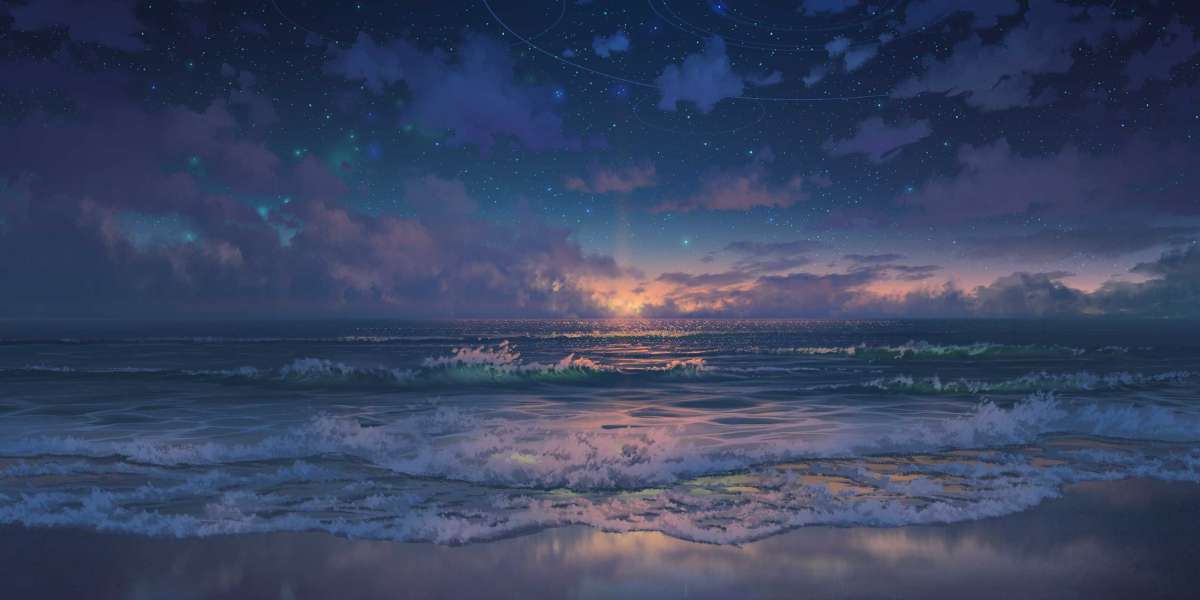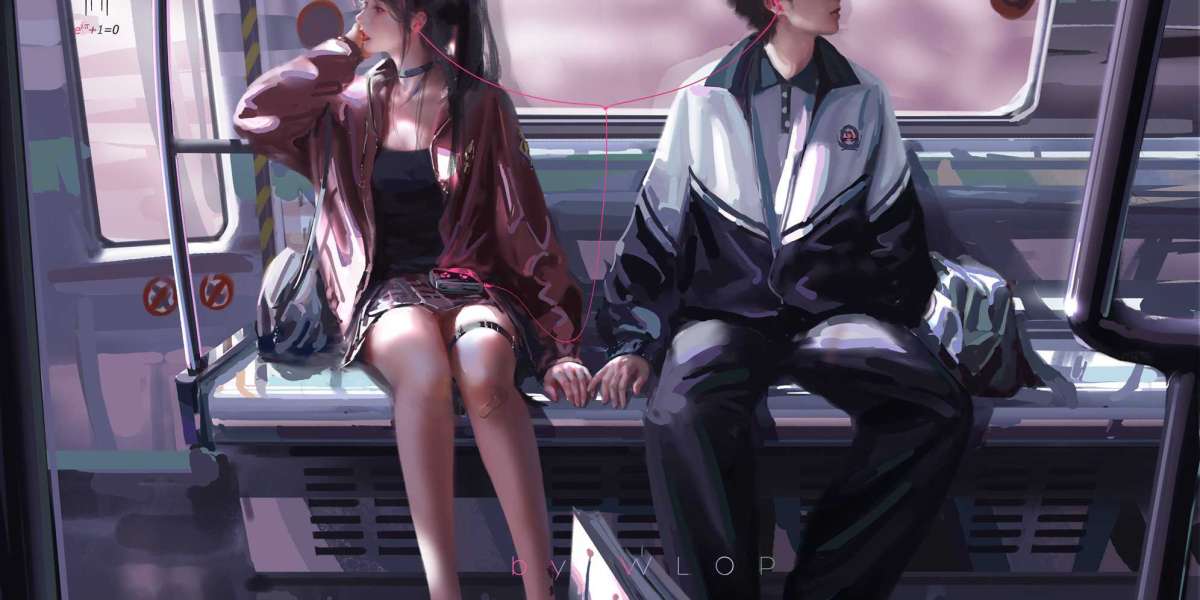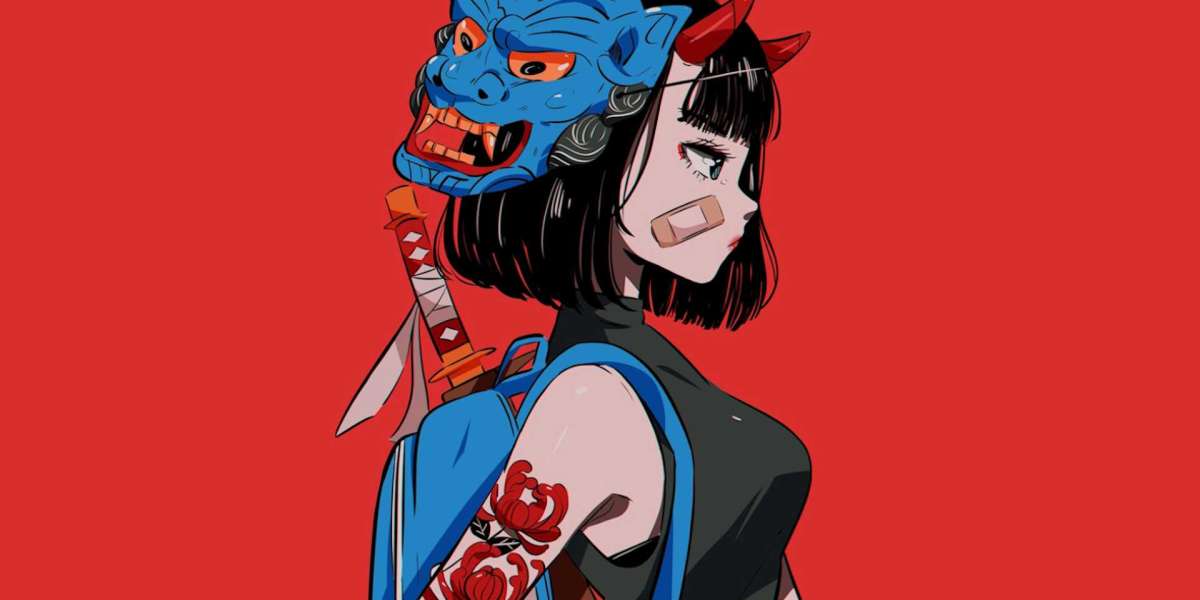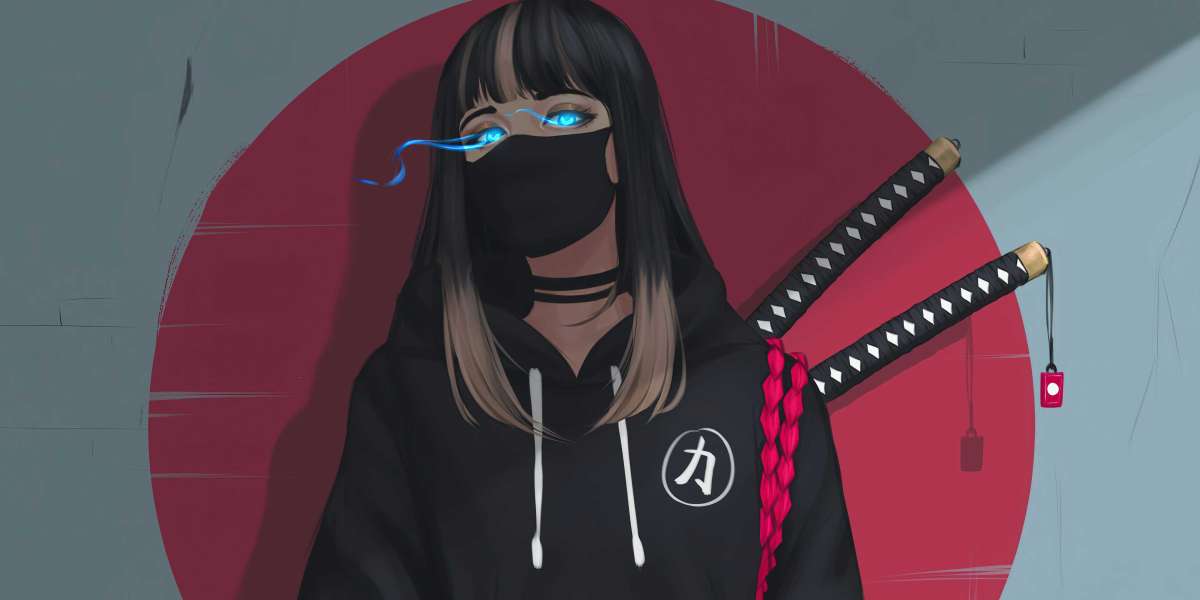Unlock the Magic: Discover the Secrets Behind Image AI Generators and Their Amazing Uses!
In recent years, the digital landscape has been transformed by the emergence of image AI generators, which have revolutionized how we create and interact with visual content. These innovative tools utilize advanced algorithms and machine learning techniques to generate stunning images that can range from realistic portraits to abstract art. As our lives become increasingly intertwined with technology, understanding image AI generators becomes essential not only for artists and designers but also for anyone interested in the future of creativity. In this article, we will delve into the workings of image AI generators, explore their various applications across different industries, and discuss the future possibilities that lie ahead. By the end, you will have a comprehensive understanding of these fascinating tools and their significant role in shaping our visual world.

Understanding Image AI Generators
Image AI generators are sophisticated tools that use artificial intelligence to create images from scratch or modify existing ones. At the core of these generators are machine learning algorithms, particularly neural networks, which mimic the way the human brain processes information. These networks analyze vast amounts of data, learning patterns and features from thousands of images. By understanding the intricacies of visual elements, such as color, texture, and composition, these generators can then create new images that reflect or even enhance these learned characteristics. For instance, a friend of mine, an aspiring graphic designer, recently used an image AI generator to create unique backgrounds for her projects. She was amazed at how the generator could produce images that felt both original and aesthetically pleasing, showcasing the technology’s ability to blend creativity with computational power.
How Image AI Generators Work
The process of generating images with AI involves several key components, including data training and algorithm functioning. Initially, image AI generators are fed large datasets containing a diverse array of images. This training phase allows the algorithms to learn the fundamental aspects of image creation. Once the model has been adequately trained, it can generate new images based on specific input parameters set by the user. This could involve selecting styles, themes, or even providing a rough sketch as a guide. The underlying algorithms constantly refine their outputs as they learn from user interactions and feedback, resulting in increasingly sophisticated and nuanced images. I remember a conversation with a friend who is an artist; she mentioned how she used an AI generator to explore new styles of painting. It was fascinating to hear how the generator helped her push creative boundaries, leading to artwork she hadn’t imagined before.
Applications of Image AI Generators
The versatility of image AI generators has led to their adoption across various industries, each leveraging this technology to enhance creativity and efficiency. In the art world, artists utilize these generators to brainstorm ideas, create drafts, or even produce final pieces that blend human creativity with machine precision. In advertising, companies use AI-generated images to create compelling visuals for campaigns, saving time and resources while still captivating audiences. The gaming industry also benefits, with AI-generated graphics enhancing immersive environments and character designs. Furthermore, healthcare has found innovative uses for image generation, such as creating detailed visualizations for medical training or patient education. The impact of these applications extends beyond efficiency; they also encourage collaboration between human and machine, fostering an environment where creativity knows no bounds. A friend who works in advertising recently shared how using AI-generated images allowed her team to meet tight deadlines without compromising on quality, showcasing the practical benefits of this technology.
The Future of Image AI Generators
As we look ahead, the future of image AI generators appears bright, filled with potential innovations that could reshape how we perceive and utilize visual content. One exciting development is the possibility of more intuitive interfaces that allow users to interact with AI in a more natural and creative manner. This could lead to a new wave of collaborative art-making, where humans and AI work side by side to produce stunning visuals. However, with these advancements come ethical considerations, such as copyright issues and the potential for misuse in creating misleading images. As image AI technology evolves, it will be crucial to establish guidelines that promote responsible usage while encouraging innovation. Conversations around these topics are essential, as they will shape the future landscape of creativity and technology. I often think about how my friend, who is studying digital ethics, would approach these discussions, emphasizing the need for a balance between embracing technology and ensuring its ethical application.
Embracing the Future of Image AI Generators
In summary, image AI generators represent a remarkable intersection of technology and creativity, offering a glimpse into the future of visual content creation. From understanding how they function to exploring their diverse applications across various industries, it's clear that these tools are transforming the way we think about art, advertising, gaming, and beyond. As we move forward, it is vital to embrace this technology while also being mindful of the ethical considerations it entails. By doing so, we can leverage the potential of image AI generators to enhance our creative pursuits, making the most of the incredible possibilities that lie ahead. I encourage you to explore this exciting realm, whether you're an artist, a marketer, or simply a curious observer of technological innovation.








